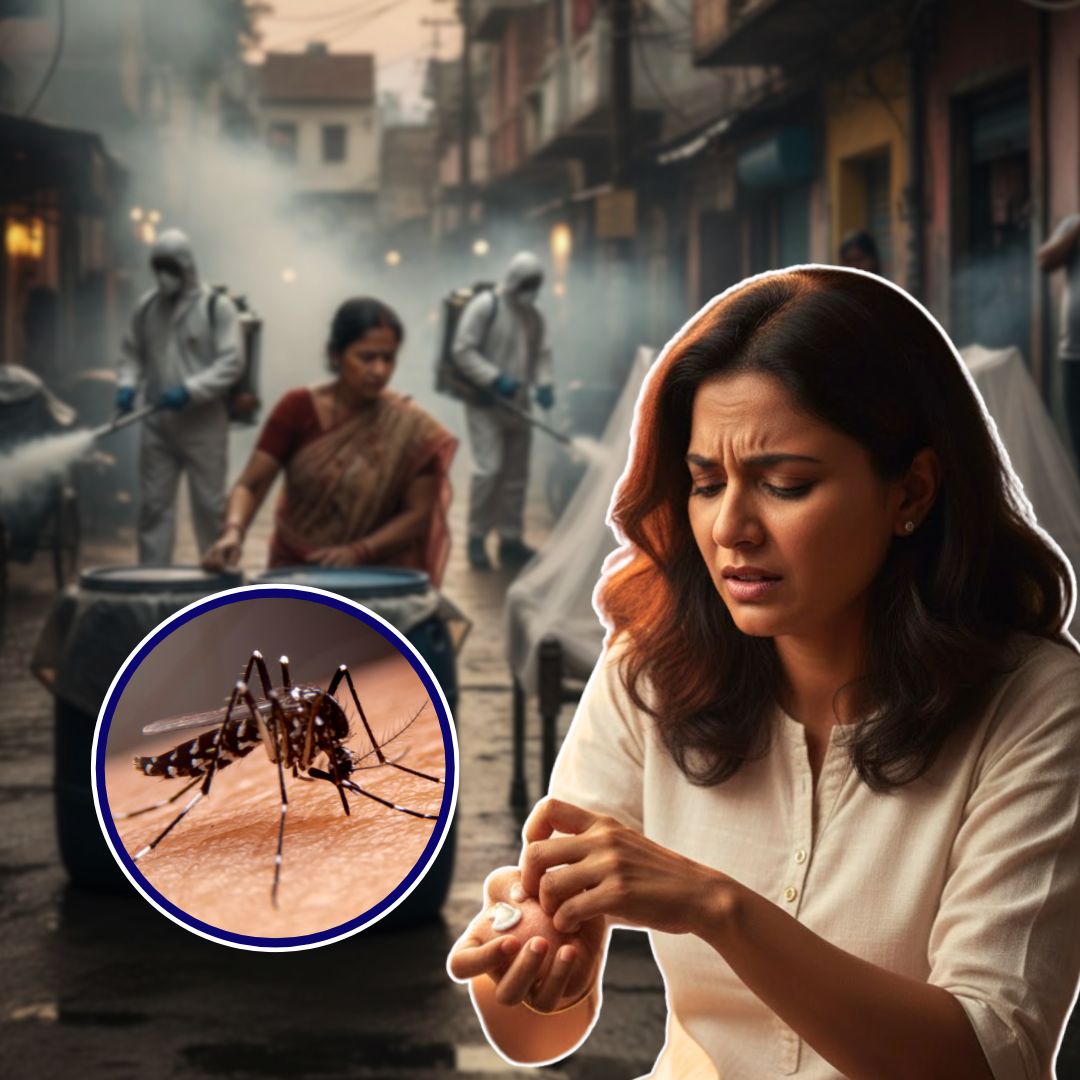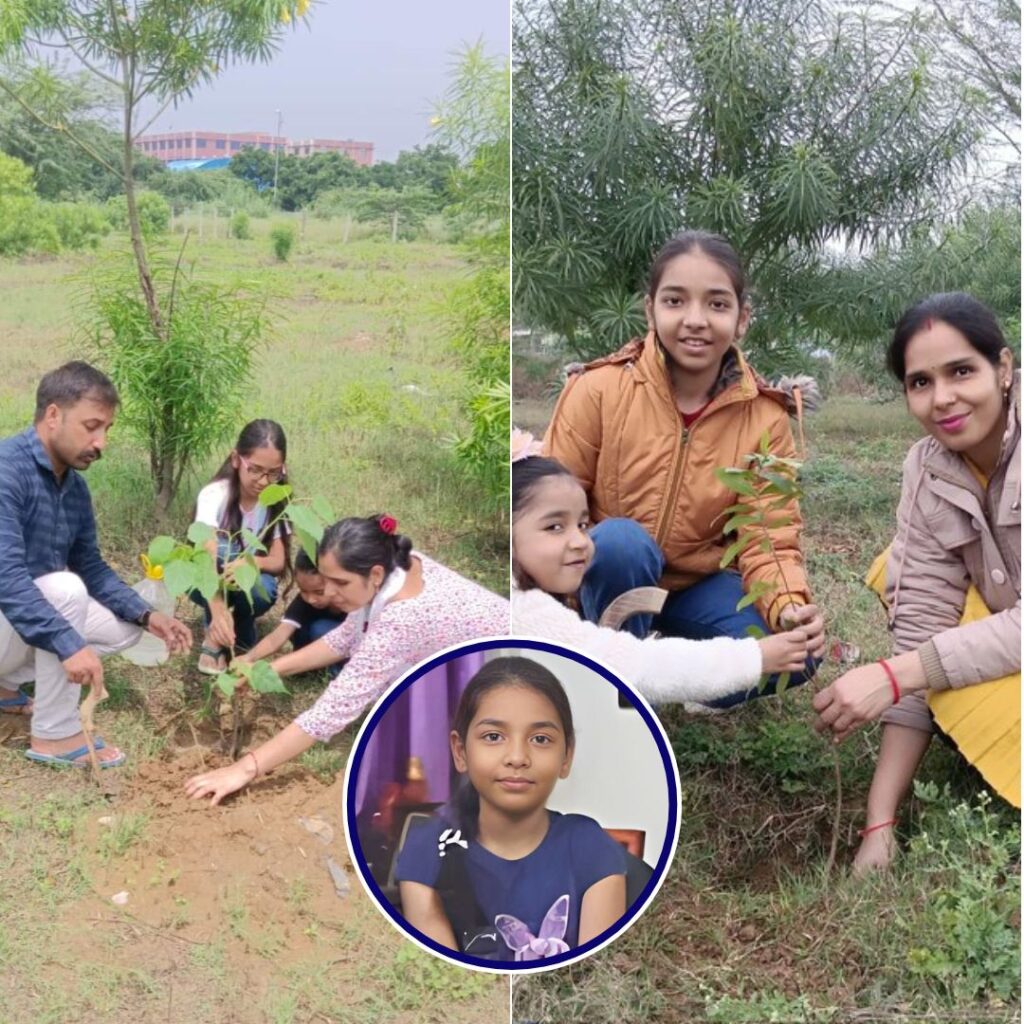As the monsoon clouds withdraw from Delhi, the city is facing a significant surge in vector-borne diseases, highlighting an urgent public health concern. The Municipal Corporation of Delhi (MCD) released data revealing that malaria cases in 2025 have reached 431 by early October, marking the highest numbers in five years.
Dengue and chikungunya cases have also surged, with 840 and 75 reported incidents, respectively. This alarming rise has spurred health authorities into action while raising awareness among residents to adopt preventive measures to curb further escalation.
Escalating Numbers and Municipal Measures
Beyond malaria, the sharp increase of dengue and chikungunya in various parts of the city, particularly the Central Zone and Delhi Cantonment, has prompted an aggressive municipal response. The MCD intensified fumigation campaigns, conducted inspections in over 1 lakh homes, and issued nearly 99,000 notices to individuals and establishments violating mosquito control regulations.
Larvivorous fish have been introduced in stagnant water bodies to break mosquito breeding cycles. Despite these efforts, municipal workers engaged in these tasks are demanding improved wages and confirmation of their employment status, which has caused intermittent protests, potentially impacting consistent vector control activities.
Health officials have reiterated the importance of early detection and treatment. They urge residents experiencing symptoms such as fever, chills, headaches, or body aches to immediately consult healthcare providers to reduce severe cases and prevent fatalities.
Environmental and Structural Challenges
The monsoon flooding and waterlogging across Delhi in 2025 have created optimal mosquito breeding conditions. Mosquitoes thrive in water accumulated in construction sites, unused coolers, flower pots, and open containers. The city’s sanitation and drainage infrastructure is often unable to handle the volume efficiently, especially in high-density neighbourhoods, contributing to persistent mosquito presence.
The authorities have advised authorities to issue two warnings before penalising residents for mosquito breeding violations, indicating a sensitivity towards community livelihoods while stressing disease prevention. Experts stress that these seasonal outbreaks result not only from climatic patterns but also urban density, infrastructure deficits, and managing solid waste, illustrating the multifaceted nature of the challenge.
Expert Advice on Prevention and Care
Health experts advise residents to adopt a multi-pronged approach to prevent vector-borne diseases: regularly eliminate stagnant water around homes and neighbourhoods, use mosquito repellents and bed nets, and wear protective clothing during dawn and dusk when mosquitoes are most active. It is crucial to stay alert for early symptoms such as persistent fever, muscle pain, headaches, or rashes and seek medical consultation promptly to prevent complications.
Experts emphasise that government efforts like fumigation and larvicidal treatments will be far more effective if supported by active community participation in maintaining clean, dry, and hygienic environments. This partnership between authorities and the public is essential to significantly reduce infection rates and protect the city from recurring outbreaks.
Broader Public Health Implications
Vector-borne diseases like malaria, dengue, and chikungunya place a tremendous strain on healthcare resources every monsoon season. Repeated cycles of outbreaks highlight systemic gaps that require long-term infrastructure investment and innovative management solutions. Public health preparedness must extend beyond emergency responses to embrace year-round surveillance, education, and environmental health initiatives.
The Logical Indian’s Perspective on Collective Responsibility
The annual surge of vector-borne diseases in Delhi calls for a unified approach grounded in empathy and cooperation among government bodies, health institutions, and the public. While government agencies have a critical mandate to improve sanitation and vector control strategies, sustainable prevention rests equally on the commitment of every citizen to uphold hygiene and environmental stewardship.
The Logical Indian urges Delhiites to embrace this shared responsibility with compassion and informed action, fostering harmony between urban living and public health.













